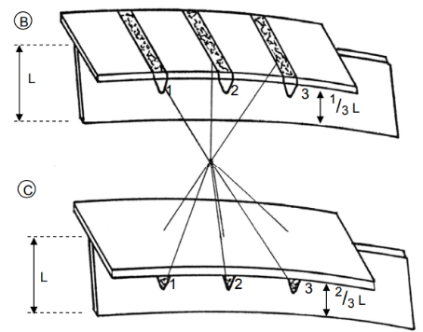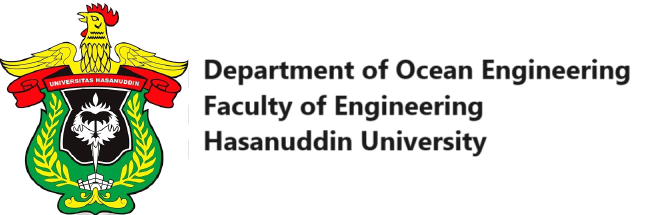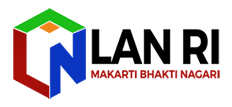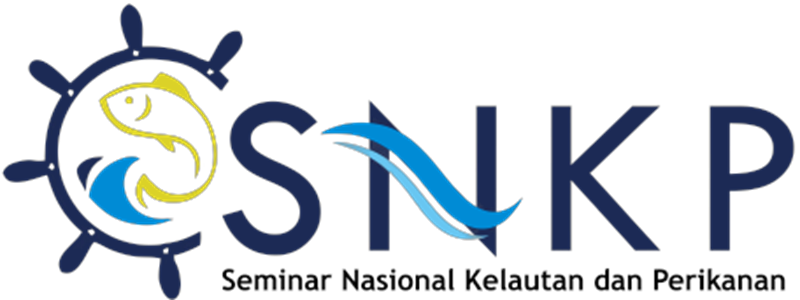Techniques For Handling Deformation Welding Of Ship Building Construction Supporting Elements
DOI:
https://doi.org/10.62012/zl.v5i1.31599Keywords:
Abstract
Deformation is a change in shape due to stress in the metal caused by expansion of the weld metal during the heating and cooling process which has the potential to reduce the structural strength and operational efficiency of the ship. The forms of deformation due to the welding process on supporting elements of ship construction are shrinkage deformation, corner deformation, deformationbuckling, and longitudinal deformation. This research analyzes the factors that cause welding deformation in supporting elements of ship construction, identifies existing welding deformation handling techniques, and analyzes the effectiveness of deformation handling techniques to maintain the structural integrity of ship buildings. It is hoped that this research can make a scientific contribution in improving the quality, aesthetics and safety of ship construction, as well as increasing the efficiency of the shipbuilding production process. The research method used is in the form of a literature study by accessing library documents or secondary data from existing case studies. This deformation is caused by heat in the material, the expansion coefficient and the heat propagation coefficient. Techniques for handling welding deformation on supporting elements of ship construction can be applied by heating (firing) and cooling. This will provide excellent results if carried out with the correct procedures in handling deformations that occur between supporting elements of ship construction during the fabrication process. Keyword: Dari kata kunci abstrakDownloads
References
M. Riayadh, “Application of Basic Welding Techniques Shield Metal Arc Welding (SMAW) to Improve the Capability of Forced Village Communities ”, CBCER, vol. 1, no. 1 Juni, pp. 26–31, Jun. 2023.
H. Hamzah, “Welder Work Position Planning with the REBA Method: Rapid Entire Body Assessment”, CBCER, vol. 1, no. 1 Juni, pp. 38–44, Jun. 2023.
H. Sunaryo, Teknik Pengelasan Kapal. Jilid 1. Jakarta: Direktorat Pembinaan Sekolah Menengah Kejuruan, 2008.
I. K. Djaya, Teknik Konstruksi Kapal Baja. Jilid 2. Jakarta: Direktorat Pembinaan Sekolah Menengah Kejuruan, 2008.
F. Husain, “Welding Training Flux Cored Arc Welding (FCAW) in Improving Welding Skills”, CBCER, vol. 1, no. 1 Juni, pp. 32–37, Jun. 2023.
A. Ciptiandi, "Analisis Kekuatan dengan Variasi Konstruksi Transverse Watertight Bulkhead pada Kapal Container 8842 DWT dengan Metode Elemen Hingga". Doctoral Dissertation, Institut Teknologi Kalimantan, 2021.
J. Sade, “Relationship between Knowledge and Fatigue with Unsafe Behavior in Classification Workers”, CBCER, vol. 1, no. 1 Juni, pp. 45–49, Jun. 2023.
J. Sade, “Calculation of Elongation in Media Use Backing Ceramic against Steel ASTM A36 by SMAW Process”, CBCER, vol. 1, no. 1 Juni, pp. 50–59, Jun. 2023.
M. F. Bin Yusup, “Relationship of Occupational Accidents to K3 Knowledge, K3 Training, and Use of Personal Protective Equipment in the Welding Process”, CBCER, vol. 1, no. 1 Juni, pp. 60–66, Jun. 2023.
M. Kadhafi, “Evaluation of the Use of Personal Protective Equipment in the Welding Process at the Arjasa District Welding Workshop”, CBCER, vol. 1, no. 1 Juni, pp. 67–72, Jun. 2023.
B.I. Fathkurokhim, “Analisis Pengaruh Tegangan Sisa dan Perubahan Distorsi pada Pengelasan Struktur Pressure Vessels PT. Petrokimia Gresik dengan Variasi Welding Sequence dengan menggunakan Metode Elemen Hingga”. Departemen Teknik Kelautan. Fakultas Teknologi Kelautan. Institut Teknologi Sepuluh Nopember. 2017.
A. Y. Kyew, “OHS-Based Welding Training as an Effort to Increase Work Safety Skills and Awareness in the Community”, CBCER, vol. 1, no. 1 Juni, pp. 73–77, Jun. 2023.
T.K. Febion. “Komputerisasi Standar Penyimpangan dan Perbaikan pada Proses Produksi Kapal”. Jurusan Teknik Perkapalan. Fakultas Teknologi Kelautan. Institut Teknologi Sepuluh November. Surabaya. 1998.
J. Sade, “Effect of Using Ceramic Backing Media on SMAW Welding on Value Reduction of Area on ASTM A36 Steel”, CBCER, vol. 1, no. 1 Juni, pp. 78–82, Jun. 2023.
S. Rahman, “Analysis of the Impact of Welding on Air Quality and Public Health in Indonesia”, CBCER, vol. 1, no. 1 Juni, pp. 83–91, Jun. 2023.
T. Rachman, “Application of Environmentally Friendly Technology in the Welding Process”, CBCER, vol. 1, no. 1 Juni, pp. 92–99, Jun. 2023.
T. Yulianto. “Penerapan Grafik Database untuk Standarisasi Fairing Work Penyimpangan Bentuk Komponen Kapal”. Jurusan Teknik Perkapalan. Fakultas Teknologi Kelautan. Institut Teknologi Sepuluh Nopember. Surabaya. 1999.
H. Hamzah, “Development of Welding Technology in the Future: Analysis of Trends and Impacts on Industry and the Environment”, CBCER, vol. 1, no. 1 Juni, pp. 100–106, Jun. 2023.
H. Palippui, “Review of Intricacies of Underwater Welding”, CBCER, vol. 1, no. 1 Juni, pp. 107–114, Jun. 2023.
M. Fathurakhman, “Analisis Pengaruh Deformasi Ruang Muat Doble-Hull Tanker terhadap Kekuatan Kapal”. Departemen Teknik Kelautan. Fakultas Teknik. Universitas Hasanuddin. 2020.
S. Rahman, “Calculation Ultimate Strength on Media Use Backing Ceramic Against ASTM A36 Steel by SMAW Process”, CBCER, vol. 1, no. 1 Juni, pp. 115–119, Jun. 2023.
H. Nurdin, Metalurgi Logam. Padang: UNP Press, 2019.
B. Utomo, "Perbaikan Deformasi Plat Baja pada Konstruksi Block SS1A Kapal Cepat Rudal 60M akibat Proses Assembly". Jurnal Proyek Teknik Sipil, Vol. 2, No. 1, Hal. 31-36, 2019.
H. Sunaryo, Teknik Pengelasan Kapal. Jilid 2. Jakarta: Direktorat Pembinaan Sekolah Menengah Kejuruan, 2008.
J. Sade, “Relationship between Knowledge and Fatigue with Unsafe Behavior in Classification Workers”, CBCER, vol. 1, no. 1 Juni, pp. 45–49, Jun. 2023.
A. Y. Kyaw, “Development of Corrosion Resistant Welding Technology for Industrial Applications Study on the Impact of Material Variation and Welding Process”, Journal of Maritime Technology and Society, vol. 3, no. 1, pp. 63-66, Feb. 2024.

Downloads
Published
How to Cite
Issue
Section
License
Copyright (c) 2024 Bulan Purnama, Taufiqur Rachman

This work is licensed under a Creative Commons Attribution 4.0 International License.
Allow anyone to modify, improve, and make derivative works, even for commercial purposes, as long as they credit to you for the original work.




























